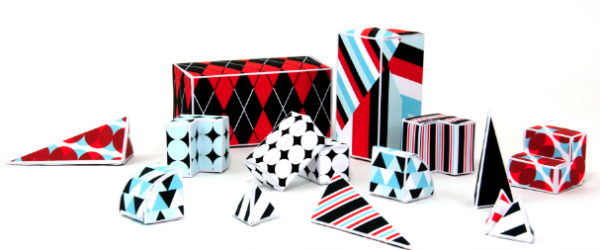
3D Toys: From Metal To Paper
Culture, DesignIn 1901, an Englishman by the name of Frank Hornby, a bookkeeper and a toy hobbyist, while tinkering with sheet metal, invented a D.I.Y. building kit that would become one of Britain’s beloved toys: Meccano. By 1916, a busy factory on Binns Street, in sooty Liverpool, was cranking out perforated metal strips, plates, gears, wheels, pulleys, axles, and shipping them in tidy cardboard boxes.
Drive in a handful of screws here. Tighten a few nuts there. And one had built a scale model of a crane, a drawbridge, a locomotive, a 4X4, a motorcycle, which conjured the clang and the hiss and the rumble of their mechanical originals. They were fun to make, of course. Along the way, kids learned the workings of complex machinery. But, as playthings, they were mildly heavy and could, if incautious, even scrape a finger.
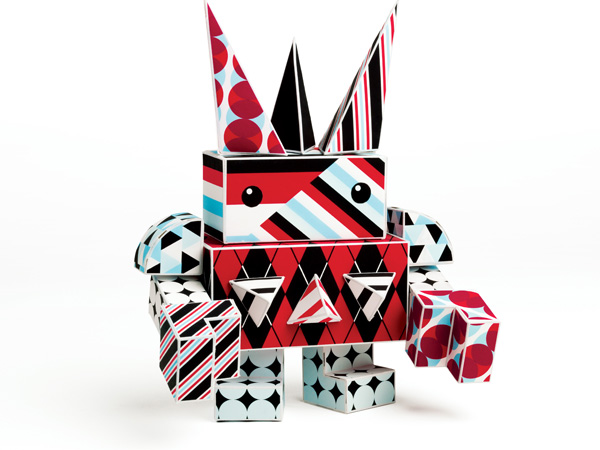
After World War II, a Danish inventor gave us small, bright plastic blocks which, with ample imagination, could recreate the Leonardo da Vinci masterpiece “The Last Supper” to the Taj Mahal to a portrait of Homer Simpson to the U.S. Capitol to a playing card to a giant spider. I could go on.
There is almost nothing that a LEGO set cannot build, really. The fascination with the cuboids is so intense that one can now, find a concrete or cinder block, cast in a LEGO brick mold, with its signature round studs. More user-friendly and far lighter, LEGO provided many more creative options than Meccano.
If the Industrial Age shone with the metallic magnificence of Meccano and the Electronic Age was mesmerized with LEGO plastic wonders, then, the Digital Age could well take to paper baubles.
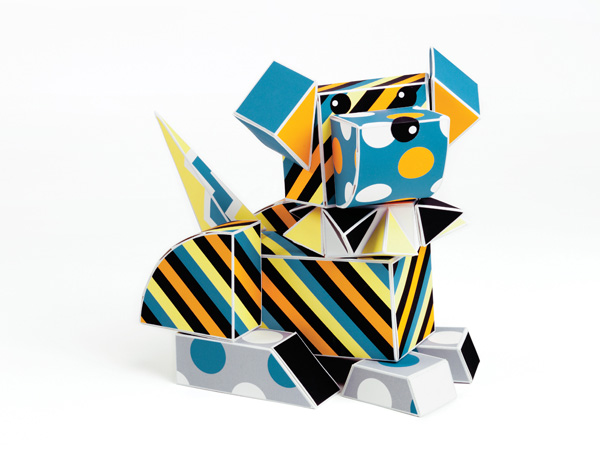
Yes, as a medium of recording, paper is going away, destined to suffer the fate of the vinyl record. But, as a medium of art, it is beginning to create ripples, getting the approving nod of the arty lot.
Mill Valley, California-based Paper Punk is a modern day toymaker, with a difference. It teaches kids how to transform flat, 2D shape sheets into peppy 3D toys.

Punch out a brightly patterned shape. Fold it into itself to create a hollow paper block. Make another shape. Situate it atop a white quadrilateral. Punch, and fold another shape. Attach a white rhombus. There, a geometric pup is all ready for a trot along the sidewalk.
These are the worst of times for goods with mass and weight. Think of books with girth and heft, bulky television sets, gifts that can be held, fans with blades, gadgets with knobs and dials. Ironically, these are also the best of times for tactile objects.
Paper Punk was founded in the shadow of a culture that is increasingly alienating us from materiality, says its founder Grace Hawthorne.
In a tech-saturated existence, there seems “a magnetic draw to artifacts that possess a presence, a texture, those which have evidence of human touch.” A hands-on experience is fundamental to that, the equivalent of a face-to-face meeting in a world of faceless exchanges—primal. It is an antidote to the trifecta of the peripheral hand motions of tapping, clicking, and wiping.
For a child, playing lies in creating a toy from ground up. “There is something electric that happens when people make things, anything from a great meal to a kooky invention,” wrote Hawthorne in an e-mail interview.
It also has an add-on value as a “creativity tool.” The old-school art of making airplane models, whose parts could not be sundered without destroying the whole, fostered a sweet bond between the modeler and the aircraft. Likewise, Paper Punk, too, nurtures in its creators, an affectionate attachment toward their crafts. In the odd likelihood that a child, in a paroxysm of rage, tears her racing car into shreds, her mom could take comfort in that the bits are biodegradable.
Cool collectible toys on the market, being readymade, disclose nothing about how they came to be that way. Hawthorne’s team demystifies, for the toddler, the processes that go behind making a product funky, or cute, or weird, she explained.
Working within constraints, fires the neurons. The Paper Punk system is limited to 16 shapes, available in four sizes, which forces the imagination to stretch, to think out of the boxes, literally.
When I asked Hawthorne, “Is paper becoming the marble of 21st century designers?” she told me, “It is becoming their bread, in fact.”
It is no surprise that since time of Frank Hornby, D.I.Y. toys, like everything else—barring perhaps appetites, girths, and the speed of life—have, in steps, gotten lighter, more portable, and convenient.






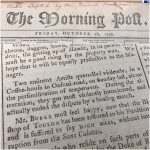






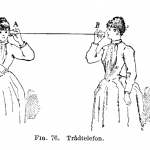
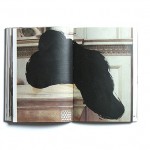



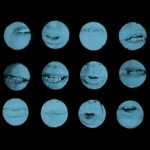
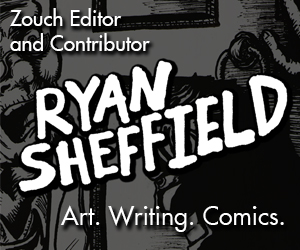



[…] ZOUCH, February 7, 2012. […]